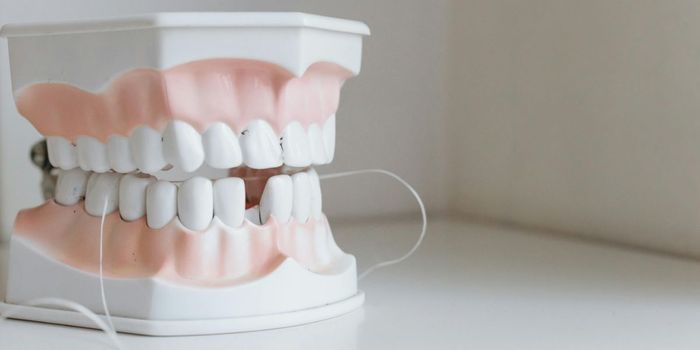Micropacemaker Provides New Cardiac Pacing Options
Scientists are working on the world’s first micropacemaker system designed to be implanted in the pericardial sac surrounding the heart. From the Children’s Hospital Los Angeles, scientists describe their progress with the new technology.
The new, minimally invasive procedure to insert a micropacemaker into the pericardial sac has never been done before. The pericardial sac is the membrane that surrounds the heart, holding it in place and making sure it functions correctly. Scientists intend for the device to provide unique opportunities for adults struggling with traditional pacemakers due to their specific condition and children born with congenital heart disease. The current research being conducting on the micropacemaker is based on another research project from the Children’s Hospital Los Angeles devoted to designing micropacemakers for fetuses in utero.
A pacemaker is responsible for regulating the heart’s rhythm when heart disease has caused the natural rhythm to become abnormal, a condition called arrhythmia. Consisting of a battery, computerized generator (powered by the battery), and electrodes (wires with sensors at the end that connect the generator to the heart), the pacemaker works by delivering electrical pulses to the heart.
New advances in pacemaker technology have also enabled functions like monitoring and recording the heart’s electrical activity and rhythm, monitoring blood temperature, and monitoring breathing rate. Pacemaker implantation can be either temporary or permanent depending on a person’s condition.
Traditional pacemakers often work via transvenous systems, where the electrode component of the pacemaker flows through veins into the right ventricle or atrium. Other systems are located inside blood vessels to decrease the risk of the electrode wires failing due to traveling a long distance, but these systems raise the risk of dislodgement and infection. Additionally, traditional pacemakers often don’t work well in patients with slow or irregular heartbeats.
The new micropacemaker is uniquely inserted into the pericardial sac via one, small incision, requiring no invasive surgery and minimizing the risk of complications from long pacemaker electrode wires. In their new study, scientists describe their testing of the micropacemaker, which consisted of percutaneous implantations in a model system. For the time being, researchers were solely dedicated to improving the tools and techniques used to implant the micropacemaker in the pericardial sac. At the end of the study, they were able to deliver a functional pacing system that worked successfully for five days.
The next steps of this project include equipping the micropacemaker with a variety of improvements, including protecting the micropacemaker from system stress, enable pacing of the left ventricle instead of the right ventricle to maximize cardiac synchrony, and allowing the formation of natural fibrosis as a biological support matrix.
The present study was published in the journal Circulation: Arrhythmia and Electrophysiology.
Sources: National Heart, Lung, and Blood Institute, MedlinePlus, Children’s Hospital Los Angeles









